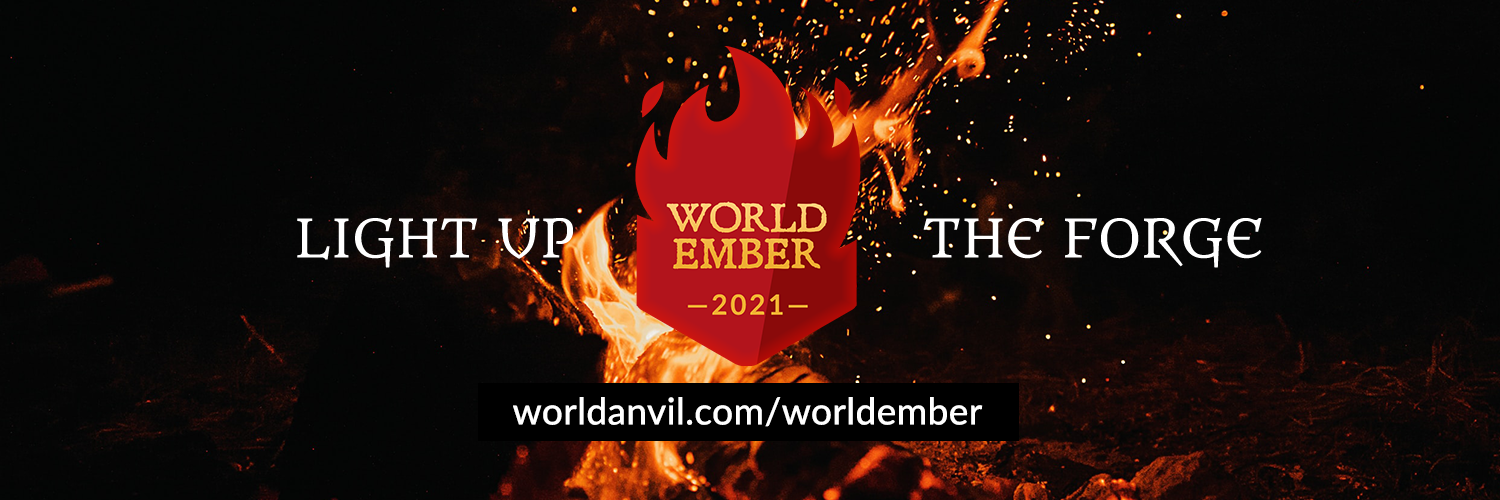Kepikepi
Scattered among the blades of grass that cover Valley of Irreshire are tiny ball-shaped mushrooms. While they are not very visible in the grass during they day, they cover the meadows in a faint yellow light at night. The kepikepi are a regular occurrence on the plains, where dwarfs use the lands to farm crop or to work in husbandries. Their presence is vital to keeping the lands green and healthy.
Reproduction
Because the kepikepi are small and hide in the grass, animals and dwarfs step on them easily. However, this is not a bad thing. When stepping on a ripe kepikepi, a green cloud filled with spores poofs out of the ball. It spreads over the soil within a radius of roughly 150 millimeters. The spores dig themselves into the ground where they look for tiny rocks to which they can attach themselves.Growth
Once latched onto the small rocks, the spores begin to grow. They feast on the nutrients found in these pebbles and break them down. When a Kepikepi spore has eaten through a slab, they move on to the next one until they are strong enough to resurface and reproduce again. Once they reach the surface of the soil, they grow into the ball shape that everyone loves. They can grow roughly 50 millimeter wide and 50 millimeter high.Bioluminescence
The Kepikepi continues to feast on little pebbles and minerals in the soil until something accidentally steps on them. They primarily process all the poisonous elements that make their way into the ground which often ends up in the meadows by heavy rainfall. During the process of detoxifying the soil, a chemical reaction happens inside the kepikepi which makes the mushroom emit a faint yellow hue of light. It is so delicate, the light is hardly seen during the day but at night it fills the grasslands with a beautiful yellow hue.Fertilizers
Once a kepikepi releases their spores, its life has come to an end. However, their usefulness does not stop there. As the mushroom withers away back into the soil, the remaining chemicals and cells ferment. This process fertilizes the soil and make it reusable again to grow crop or more grass for the animals. Dwarfs found out early about this phenomenon. The farmers often walk their premise at night to find ripe kepikepi and step on them lightly. They believe it lets the spores continue their legacy and to fertilize their lands. The farmers do not over do this forceful stepping to keep balance in nature.
Kepikepi by ShadowPhoenix
Scientific Name
Robinson Kepikepi
Lifespan
Unknown
Average Height
10 - 50 millimeter
Average Cap Width
10 - 50 millimeter
Average Cap Width
10 - 50 millimeter
Geographic Distribution
Related Ethnicities
Mixiplix
Shimura
Kosshi
Blipplerip



Aw, the art is so cute! I really love how this fungus helps with fertilising the fields and breaking down bad chemicals before they can leach in to the soil. I also love that they glow and that people love them. :D
Explore Etrea